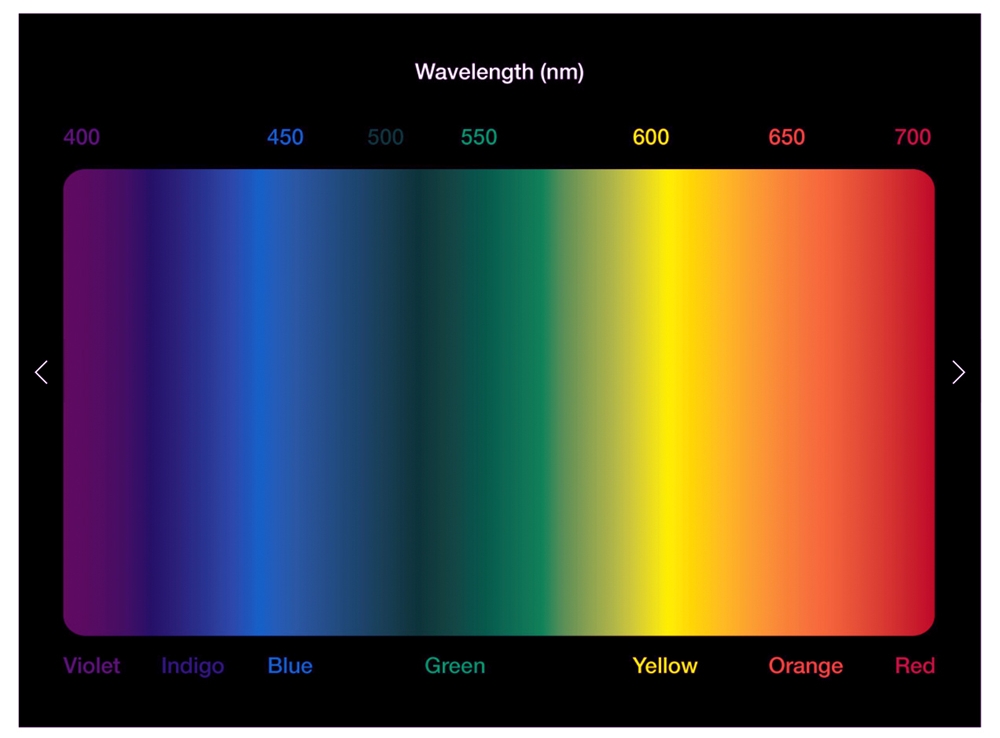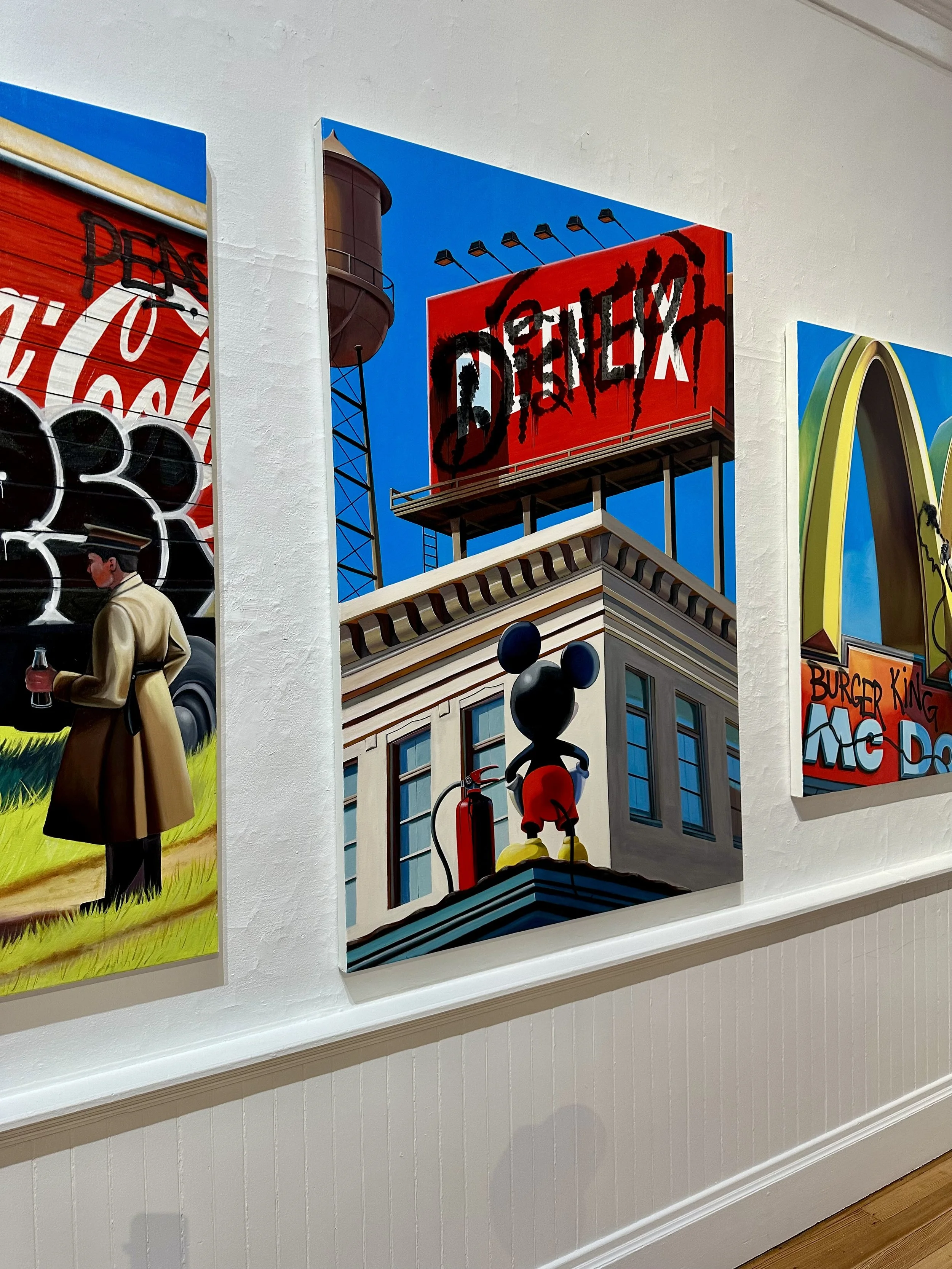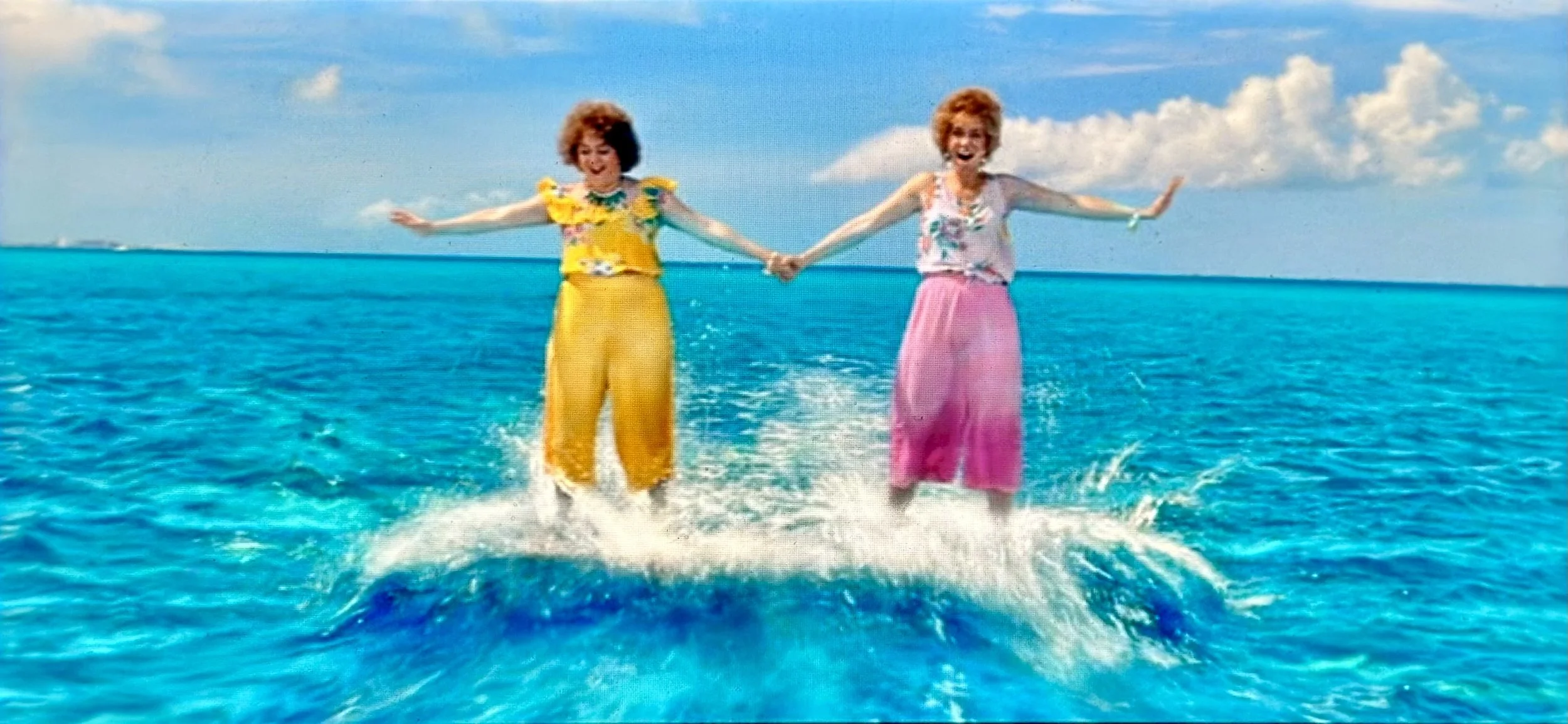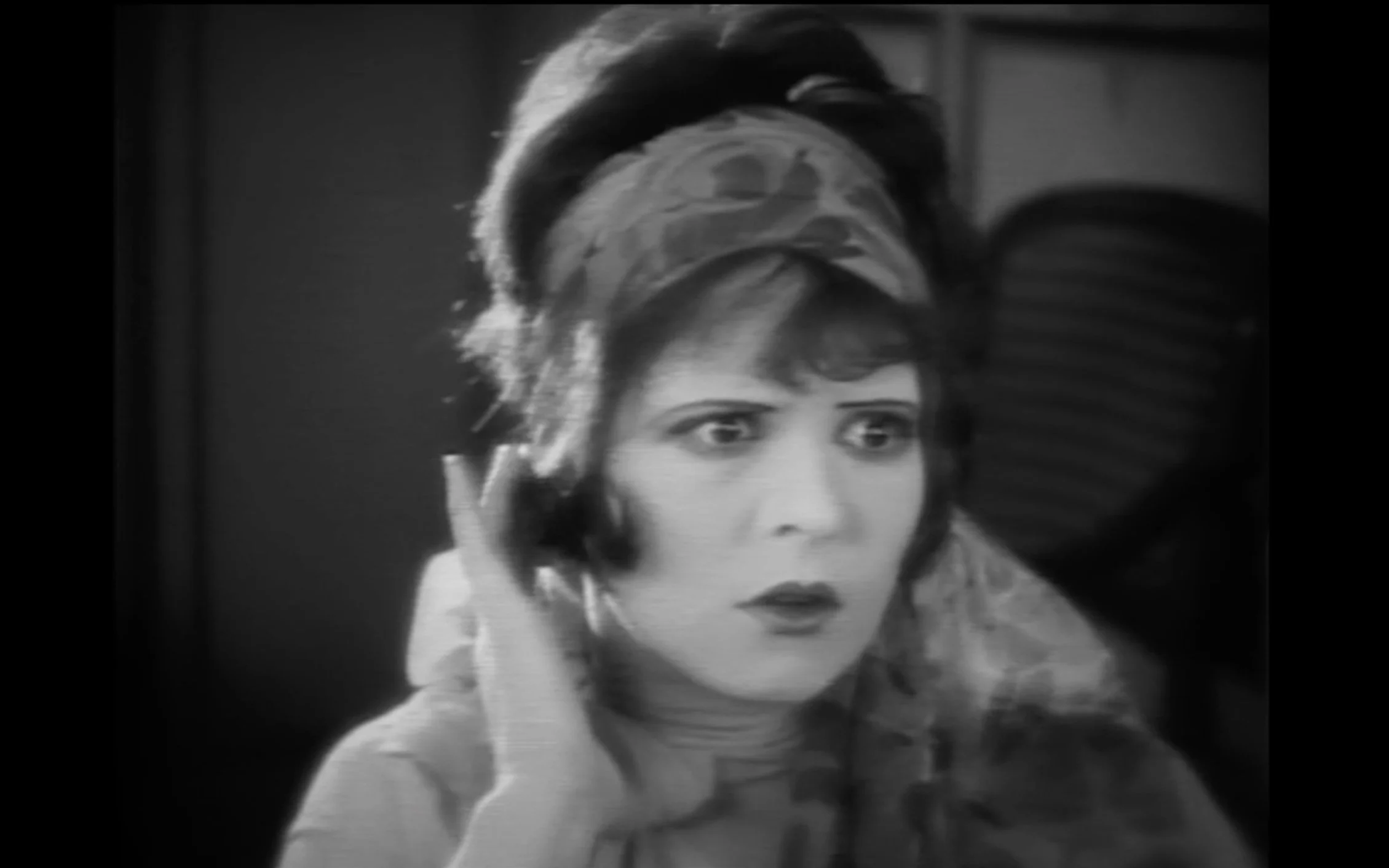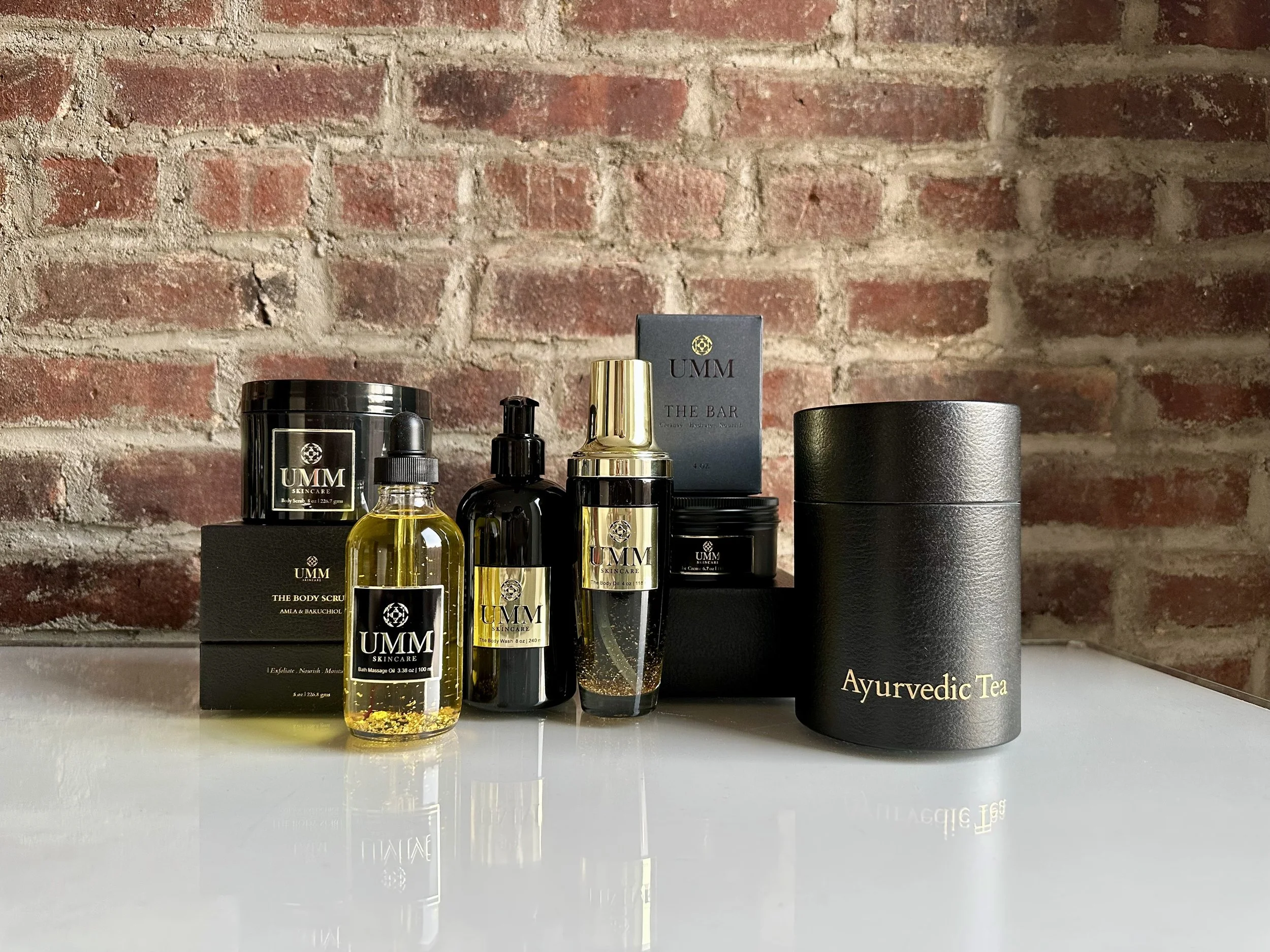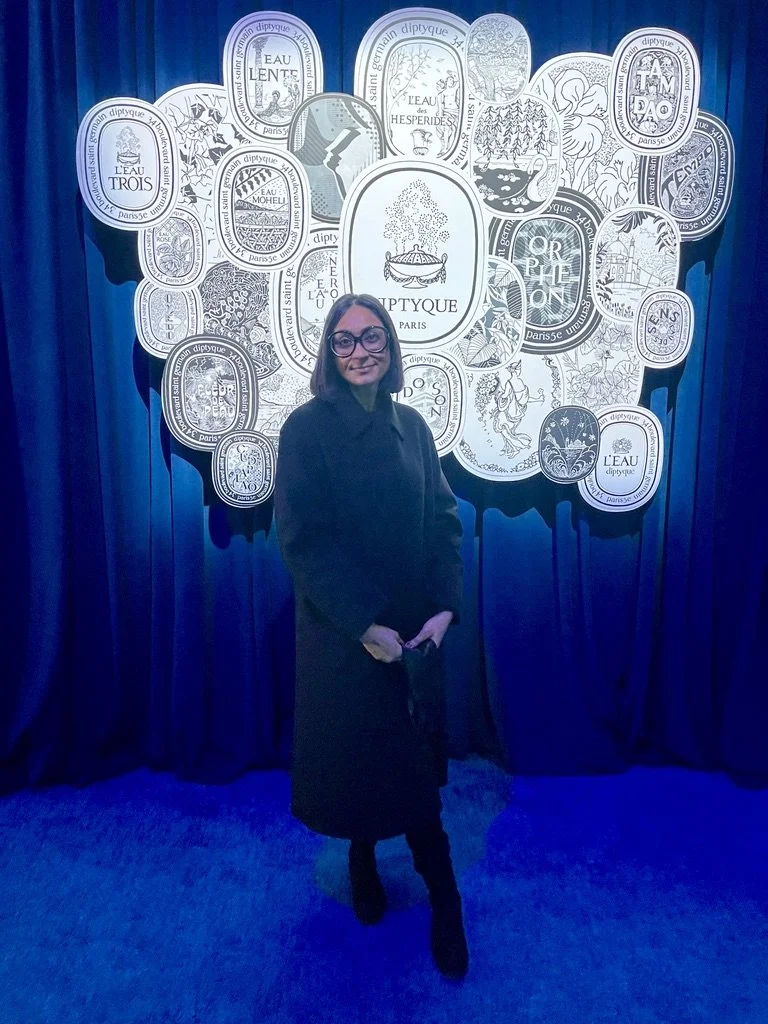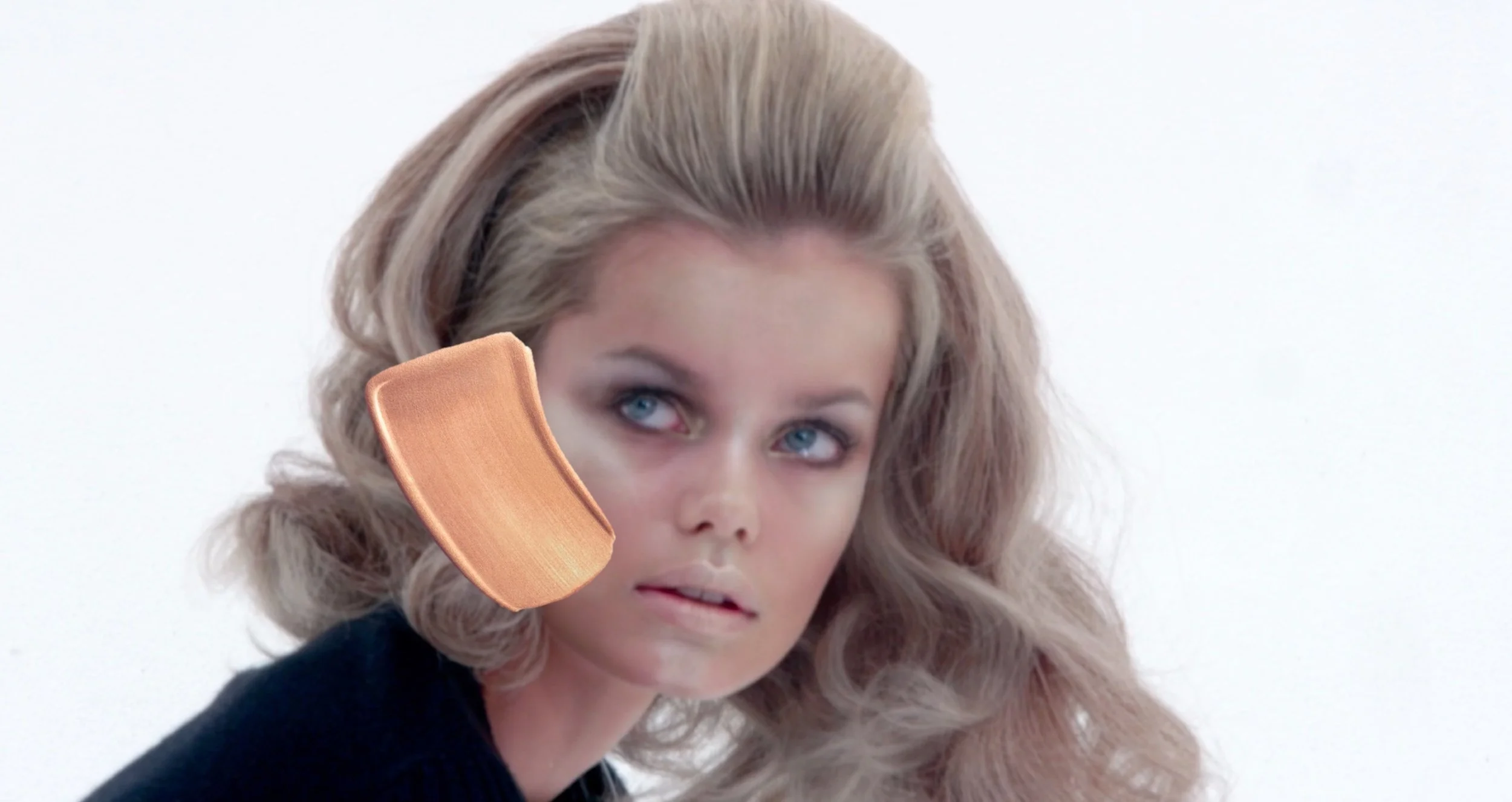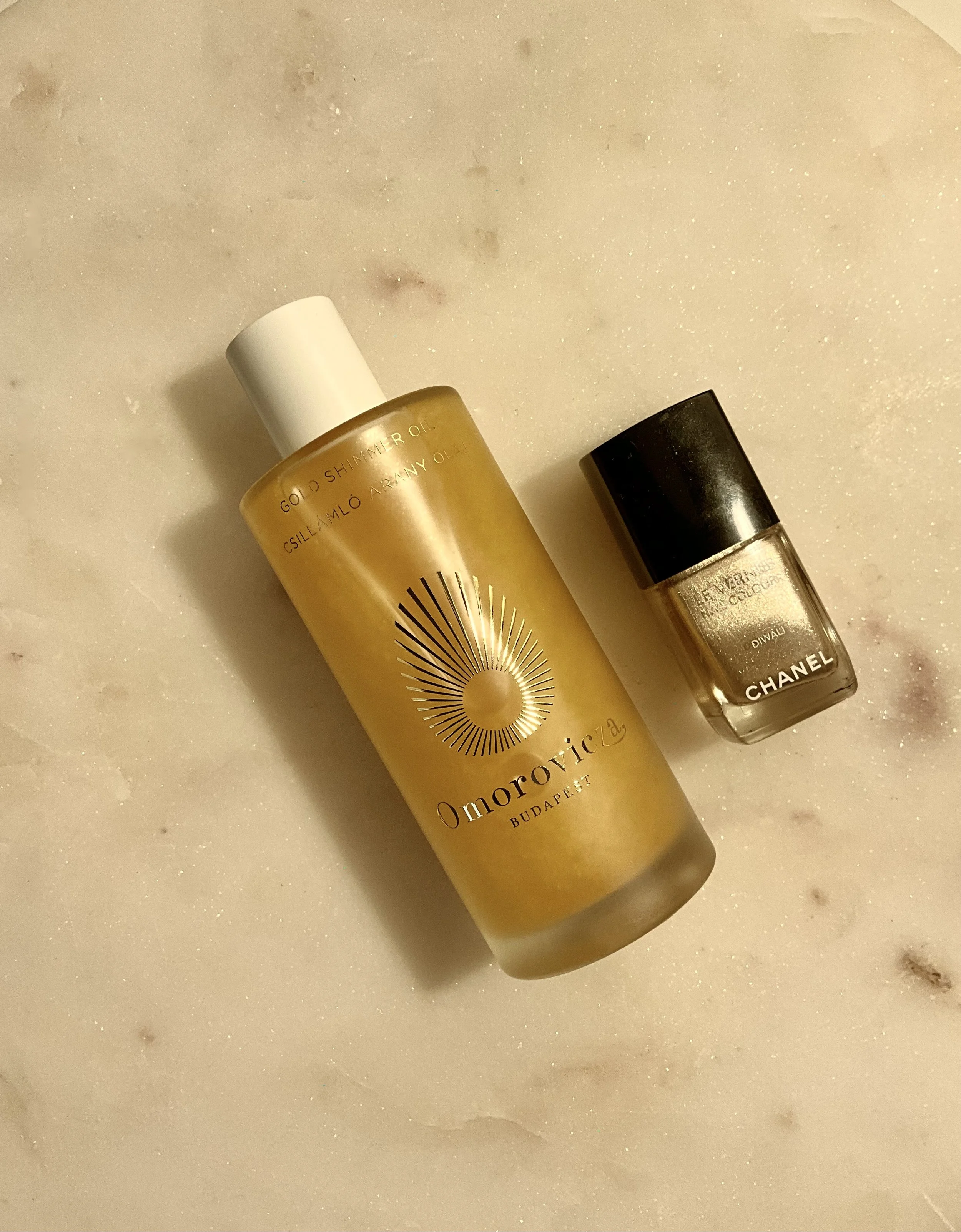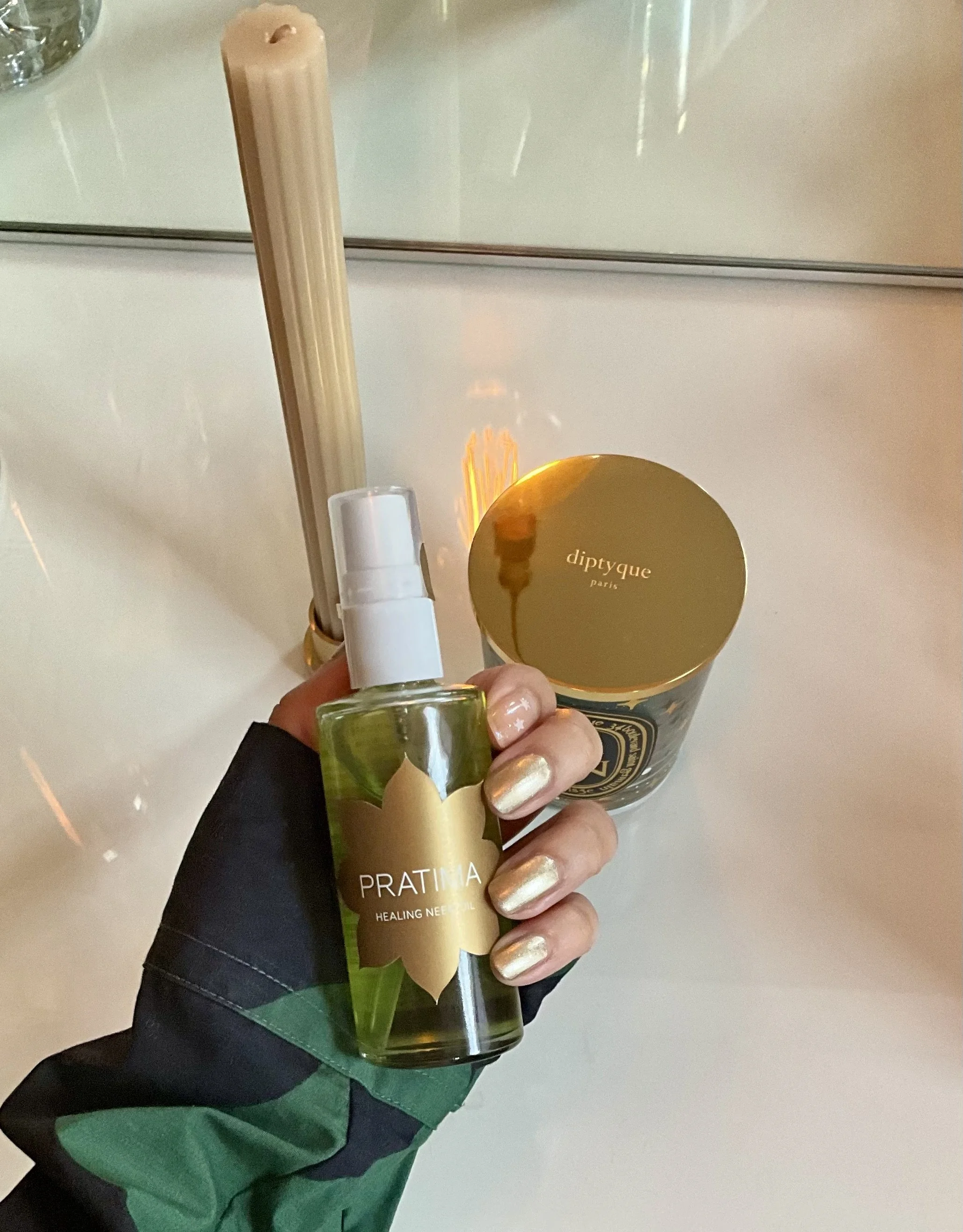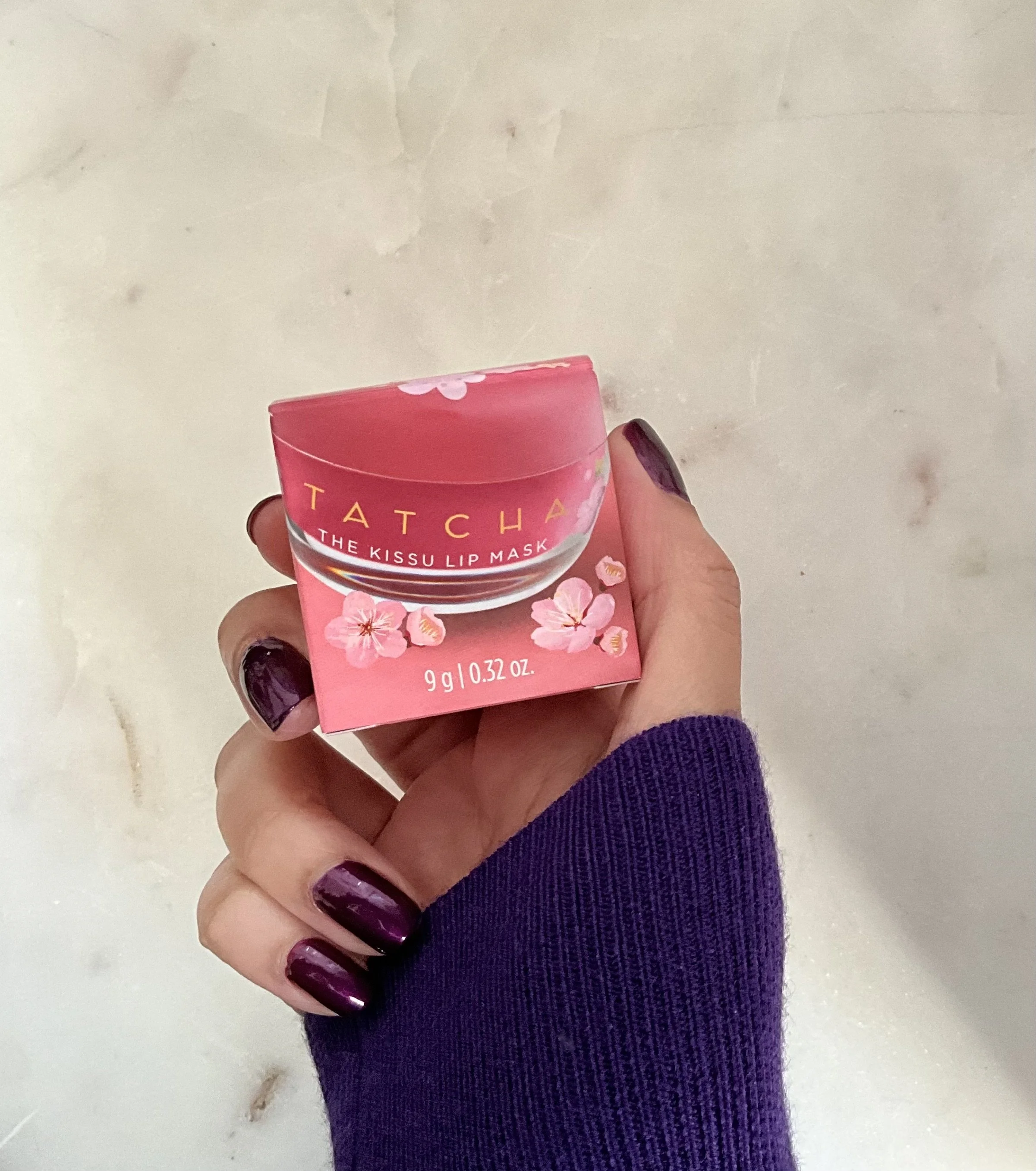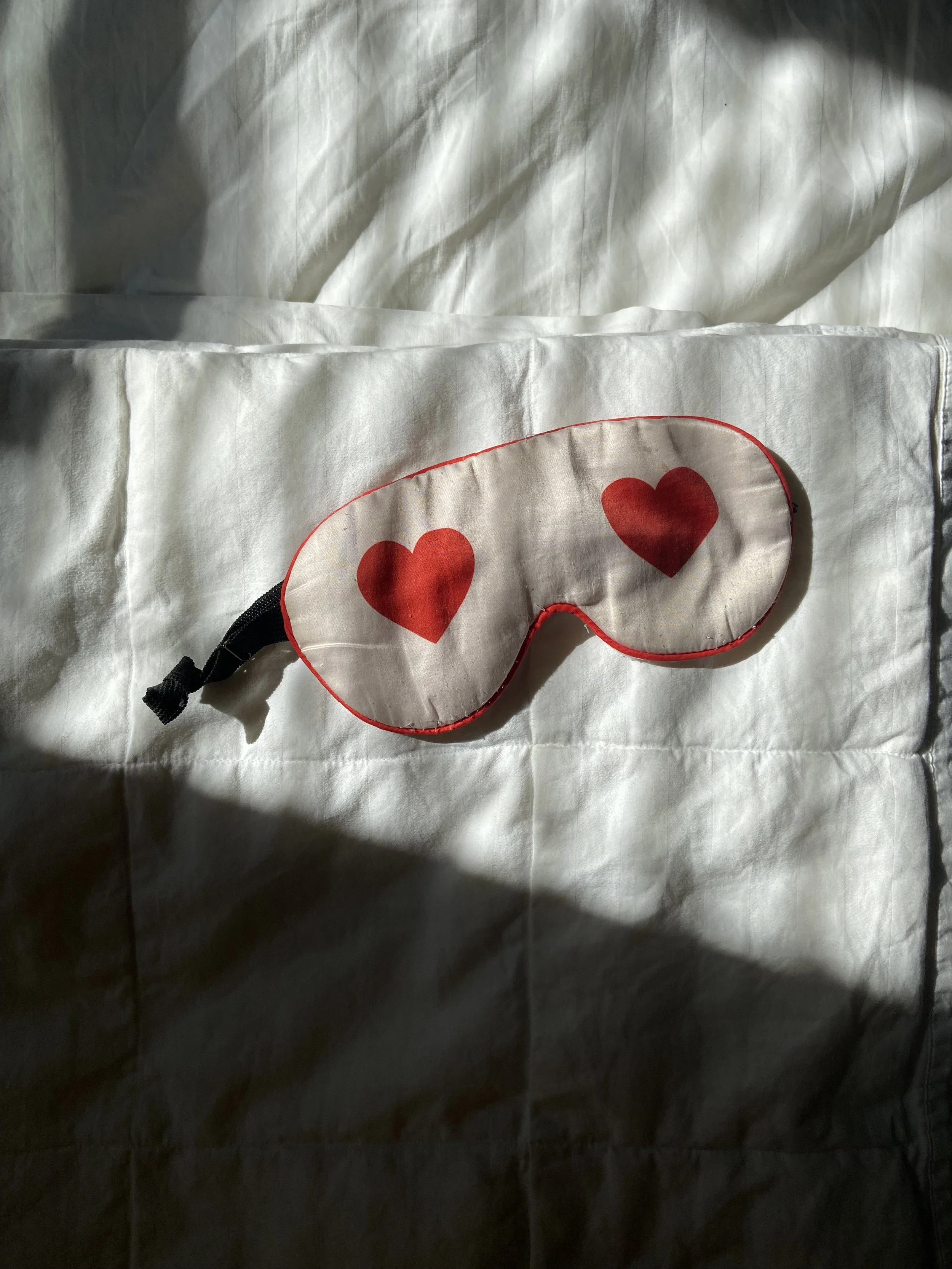Purple $cience: From Carrots to Crowns
Apparently, girls tend to like purple more than boys. I did. So much that I wore it every day. It was not until the popularization of Barney- that purple Goofus dinosaur- that I stopped wearing purple. This decision was not based on the fact that the guy who played Barney on TV became a tantric sex guru, but because it made one look like a goofus dinosaur. Wearing it is one thing, being it is another. From tea to Prince, purple is in bajillions of “inconspicuousities” of daily life.
Have you ever taken a cobalt hydroxyl solution and mixed it in chloride just see its violet coloring? If so, then props to you for being an uber nerdicus (Figure 1). A Pinterest favorite, the purple family can range from violet to plum, and go from adorning nails and staining bacteria to deciphering social status. In ancient Rome, purple was defined as a privileged rank. In 2018, Pantone deemed it the year of Ultra Violet. UV (ultraviolet) and IR (infrared radiation) sandwich the visible wavelength spectrum. Violet is the shortest visible wavelength, but has the highest energy as it resides at the upper extreme of the visible wavelength. The wavelengths beyond that are not visible to the human eye. So, is purple real or not?
“Am I black or white, am I straight or gay?”
Purple may increase acceptance by others, but it is not an actual color defined by a wavelength on the color spectrum. Wha, wha, what?! ROY G BIV (Figure 2) is that dude Isaac Newton created on a color wheel. Purple is definitely recognized by the visual system that Ewald Hering (1834-1918) proposed in his color opponent theory and both men’s and women’s retinal cones favor this mix of red and blue. For example, the protein expressed by the purple chromoprotein gene in some sea anemones found near Fiji has a purple color because it’s highest absorption of light is at 574nm. Scientists use this gene as a selection marker gene when verifying engineered clones because earthlings can see it.
The Math:
Red + Blue = Purple
You like red flowers on your birthday? Thank those healthy flavonoids called anthocyanins (Figure 3) that are stored in plant vacuoles. Similar to playing with paint colors, mixing purple anthocyanins with yellow-orange carotenoids (the C40H56 that makes tomatoes red) yields red flowers. Isn't that just the cutest thing ever?
It’s in the Genes:
Transgenics using RNAi can produce a dark purple carnation after silencing a red color using RNAi technology. Researchers determined that an amino acid substitution determines the purple-coloring of a flower due to the mutations effect on the amounts of cyanidin anthocyanins (found in grapes and raspberries). Purple carrots have been cultivated for over 3000 years and are also possessors of cyanidin anthocyanins. Their phenols can also lessen the probability of getting breast cancer and treat colitis caused by certain inflammatory inducers (Figure 4). Also, rice bran oil from purple rice can prevent colorectal cancer (Figure 5). Anthocyanins not only impart nutrients for humans, but also protect plants from strong light, heavy metals, and pathogens. Structural genes produce anthocyanins responsible for the purple-ness of purple carrots. Candies, ice cream, and beverages are given their purple color due to the addition of anthocyanins from purple carrots due to the stability provided.
Have you ever been to Lake Cadagno, hung out with bacteria, or chatted with sea urchins? Neither have I, but environmentalists and OBGYN's can thank nerds in Switzerland and Canada for deciphering the genome sequence of purple sulfur bacterium, and deciphering how the XY functions, respectively [Figure 6, left (Luedin SM et al. 2018) and 7, right].
“Purple does something strange to me”
More anthocyanin-carrying purple goodness:
Spilling the tea: Kenyan-produced purple tea assists in decreasing fat accumulation. Losing the last 5 for summer may need some purple.
Happy Hour: Purple potato, a type of sweet potato, is made into a wine, which holds antioxidant activity due to increased levels of anthocyanin present after fermentation. So, drink that wine and lose those wrinkles.
Purple tells us things…
Lab life depends on documenting information from expression models. Staining with visible colors indicates what we are looking for, and importantly, what we are not. Genetic reporters produce blue-purple dye in E.coli transfected with a plasmid detection system where less purple allows indistinguishable characterization of gene expression [Figure 8, left (Tafoya-Ramírez et al.)]. The cell stain Crystal Violet not only stains Gram-positive bacteria, but also detects healthy neuronal cells during cancer treatment. Less purple pigment = cancer cell death (Figure 9, right).






